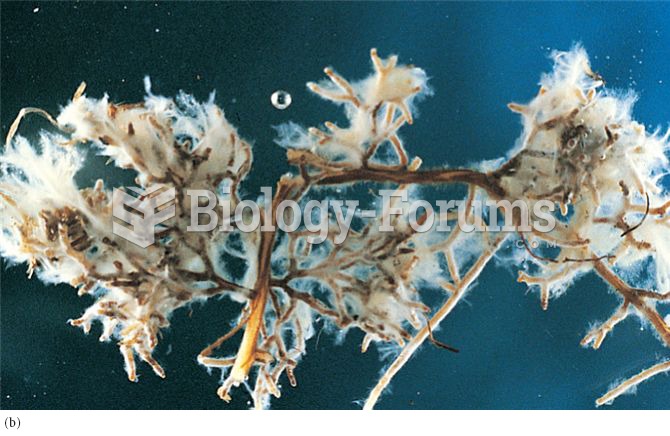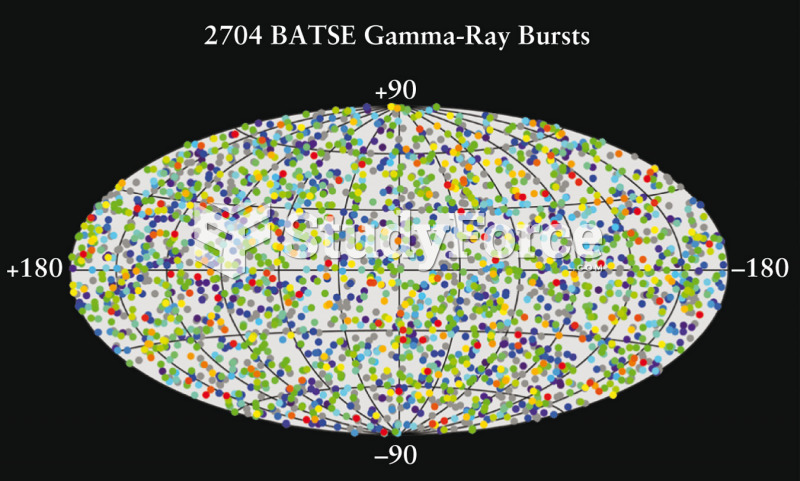Answer to Question 1
- Exploring the complex central image of Gilmans story, the yellow wallpaper, is essential. The repellent, almost revolting: a smouldering unclean yellow (par. 34) wallpaper resists neat allegorical interpretation; it is a troubling, changing symbol of the forces that haunt, imprison, and torment the narrator. At first its bloated curves and flourishes (par. 96) seem to have no shape, but gradually the obsessively observant narrator starts to comprehend its form.
In a probing essay, Feminist Criticism, The Yellow Wallpaper, and the Politics of Color in America (
Feminist Studies 15:3 Fall 1989), Susan S. Lanser compares the narrators analysis of the wallpaper to deciphering the text of her own imprisoned female identity:
The narrator is faced with an unreadable text, a text for which none of her interpretative strategies is adequate. . . . But from all this indecipherability, from this immensely complicated text, the narratorby night, no lessfinally discerns a single image, a woman behind bars, which she then expands to represent the whole.
Ask students if they respond favorably or unfavorably to this interpretation, asking them to use specific passages from the story to support their opinions.
Answer to Question 2
- The narrators feelings about the wallpaper parallel the changes in her condition. Like Gilman herself, this narrators condition gets worse as time goes on. At first, the pattern seems nothing more than a random assortment of lines that she says is one of those sprawling, flamboyant patterns committing every artistic sin (par. 32), but it soon becomes torturing (par. 141). The initial curiosity she felt quickly turns into anxiety, and later moves from fear to terror. One of her many poignant descriptions of the wallpaper occurs in paragraph 142: It slaps you in the face, knocks you down, and tramples upon you. It is like a bad dream.
She cannot sleep because she watches the supposed movement in the wallpaper. She is not allowed to write, and so she hides her writing from husband, John, and his sister, afraid they will take away her one outlet of self-expression (par. 7374). Her attempts to gain mastery over the untamable wallpaper are fruitless, until the very end. Her struggle to decipher a pattern in the wallpaper highlights the futility of her efforts to recover when she is, in essence, in perpetual solitary confinement. Ironically, as time goes on it is this increased isolation that causes a mental deterioration.
 Mutualistic associations between fungi and plant roots: (a) arbuscular mycorrhizal fungus stained so
Mutualistic associations between fungi and plant roots: (a) arbuscular mycorrhizal fungus stained so
 The head of the jaguar is robust and the jaw extremely powerful. The size of jaguars tends to increa
The head of the jaguar is robust and the jaw extremely powerful. The size of jaguars tends to increa





